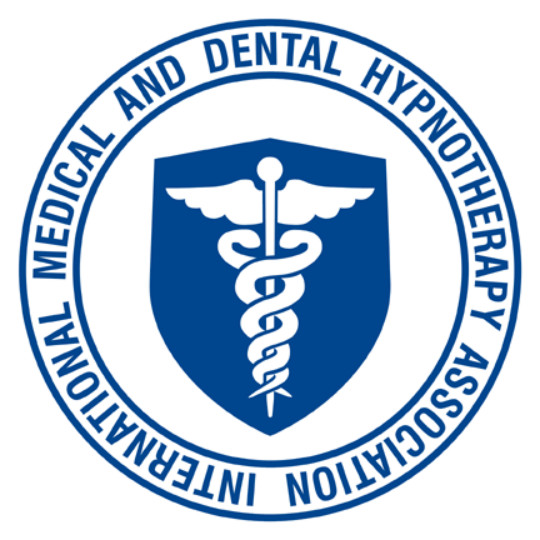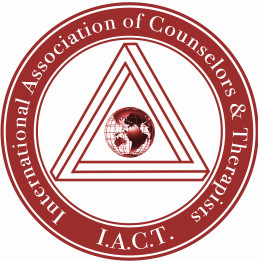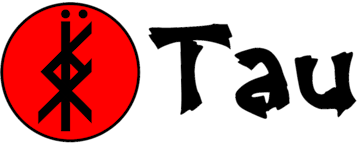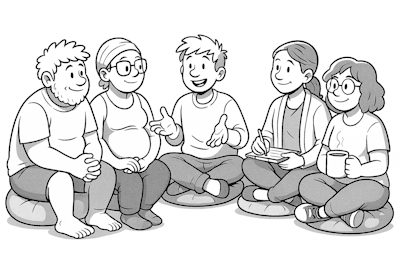OUR TRAINING INTEGRATES THREE SEPARATE PRACTICES INTO A SINGLE SET OF SKILLS
THAT IMPROVES ANYONE'S ABILITY TO INCREASE THE COMFORT OF THOSE SUFFERING
Tau Co-op Wellness Training
Welcome to Tau Wellness Cooperative, where healing meets community. Our training programs are designed to empower individuals with integrative, culturally respectful, and evidence-informed practices. Whether you’re seeking a new career path, deepening your healing skills, or contributing to community wellness, our programs offer accessible, inclusive, and transformative learning experiences.
Community Wellness Worker (CWW)
The Community Wellness Worker (CWW) Program equips participants with non-invasive, non-chemical palliative care techniques rooted in the Trance/Touch/Technique (TTT) model. This approach blends Hypnotherapy, Reiki, and Indigenous wellness traditions to reduce reliance on pharmaceuticals and support holistic healing. Students also learn arts-based healing and trauma-mitigating counseling, fostering resilience and emotional intelligence.
This three-year, part-time program combines self-paced online learning with hands-on weekend intensives. Graduates gain CWW certification and practical experience through community service. The program prioritizes equity, offering seats for Two-Spirit and transgender participants, and creates pathways for sustainable livelihoods through co-op internships and service contracts.
Counseling Hypnotherapist (CHT) Training
The Counseling Hypnotherapist Program is a comprehensive training in therapeutic trance, counseling, and somatic wellness. Participants learn rapid induction techniques, generative trance, somatic release, and NLP, all grounded in Carl Rogers’ core conditions of empathy and unconditional positive regard. This program emphasizes ethical practice, trauma mitigation, and cultural inclusivity.
Graduates are eligible for certification through the International Association of Counselors and Therapists (IACT), enhancing professional credibility and opening opportunities for private practice or integration into existing roles. Whether you’re a caregiver, coach, or clinician, this training deepens your ability to guide others toward healing with clarity and compassion.
Tau Traditional Reiki Training
Tau Reiki integrates Japanese and Western Reiki traditions with insights from neuroscience and hypnotherapy. Students learn foundational practices such as Gassho Meditation, Byosen Scanning, and Reiju Attunement, progressing through five levels from personal practice to mastery. The program emphasizes ethical care, cultural respect, and community service through Hōkō (service-based learning).
With over 175 hours of study, practice, and service, Tau Reiki meets Canadian Reiki Association (CRA) standards for practitioner certification. Graduates are prepared for professional practice and future regulation in Canadian healthcare, ensuring Reiki remains a respected and accessible healing art.

🩺 Benefits for Healthcare Workers
- Builds a Community of Practice among like-minded healers
- Burnout Prevention: Emotional tools for self-care and stress management
- Enhanced Empathy: Deeper patient connections through touch and trance
- Skill Diversification: Adds evidence-informed techniques to care toolkit
- Community Integration: Builds bridges with local healers and wellness workers
🌱 Community Impact
- Accessible Healing: Immediate comfort using Touch/Trance Techniques like the “Reiki Reviver”
- Cultural Revitalization: Integrates ancestral healing practices
- Equity & Inclusion: Prioritizes Two-Spirit and transgender participants
- Living Wage Livelihoods: Graduates can earn income through short-term service contracts
Flexible Payment Options
- Pay-As-You-Go: Monthly payment plans
- Package Discounts: Save up to 30%
- Discounted Fees for Members: Reduced tuition for Co-op members
Earn Your Learn as Intern
- Community Service: Earn Co-op Points (1 point = \$40) by completing Co-op hours
- Internship Opportunities: Use your training to help deliver community wellness programs
- Flexible Assignments: Choose from a variety of service roles that match your interests and availability
🚀 Ready to Get Started?
Whether you're looking to deepen your healing practice, support your community, or explore a new career path, the Tau Training Programs offers flexible, inclusive, and impactful training.
👉 Register today or invite a friend to participate.
📬 Receive your welcome kit and begin your journey with us.
🌐 Contact us to learn more and get involved.
Our Educators and Services are Certified by These Leaders in Community Wellness





30 Hypnotherapists Walk into a bar...
A quick jargon check due to the fact 30 hypnotherapists will give you 30 definitions of what we do.
In our programs, trance is a natural condition everyone experiences, hypnosis is a set of principle-based skills to manage trance, and when we do that for the benefit of others, it is hypnotherapy.
Our school is certified by the International Medical and Dental Hypnotherapist Association, and our students who complete the full training become certified hypnotherapists.



